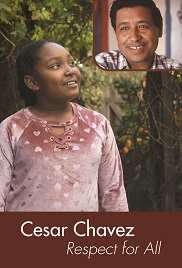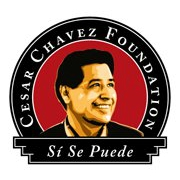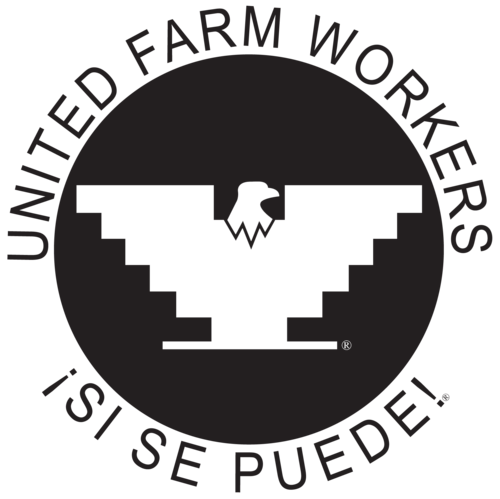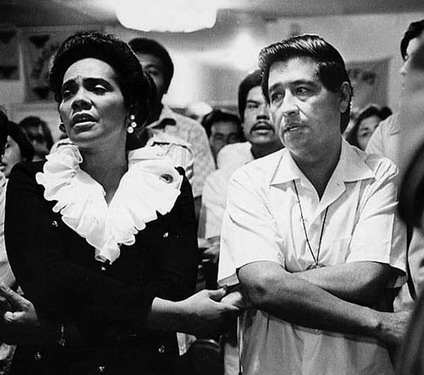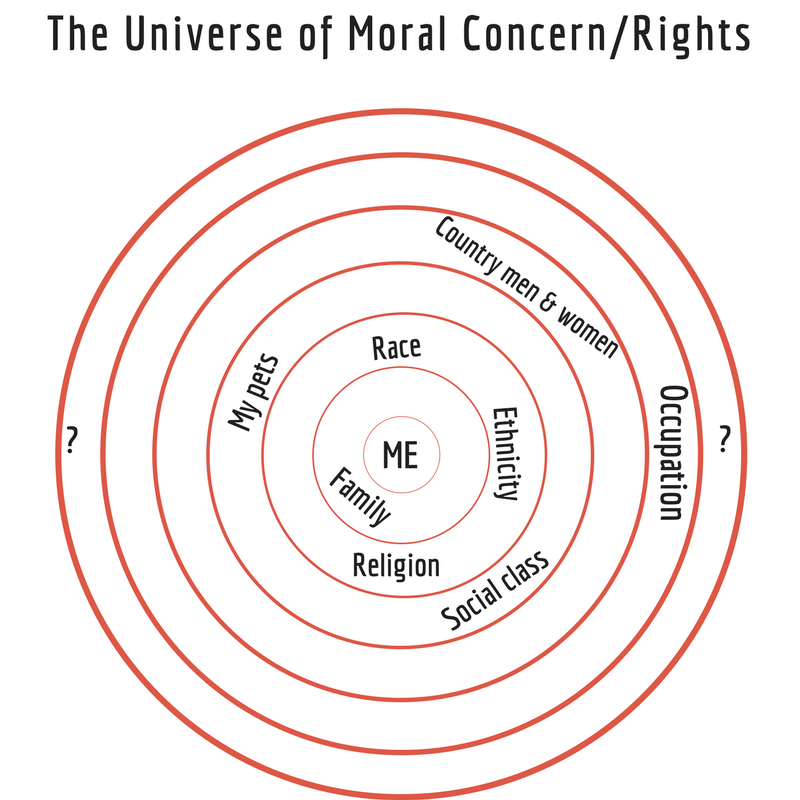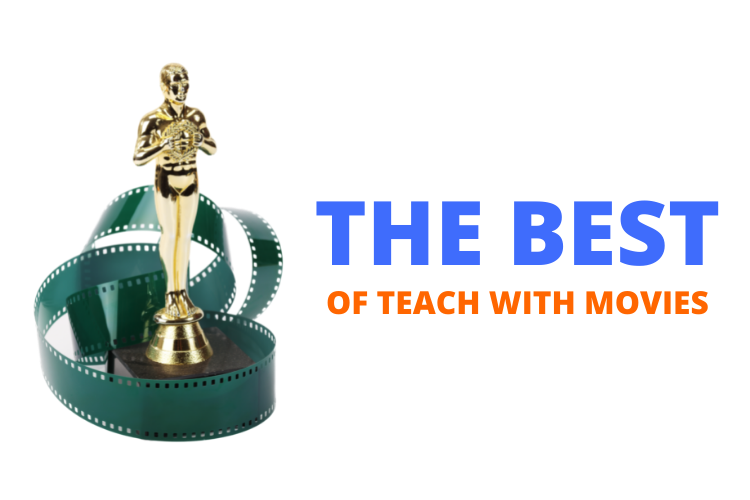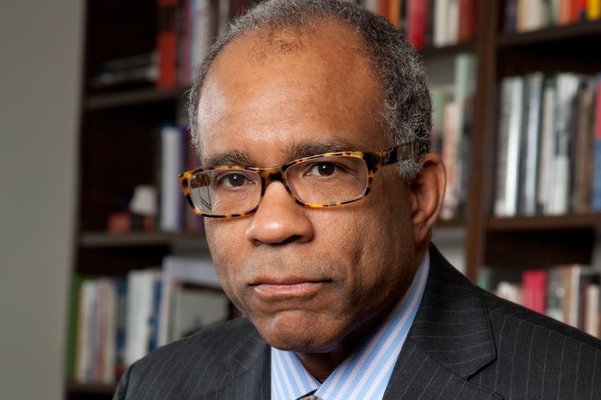Select questions that are appropriate for your students.
1. What does respect mean?
Suggested Response:
One definition is “esteem for or a sense of the worth or excellence of a person.” Teachers can guide the discussion toward the idea that there are two different parts of the concept of respect. The first is the equivalent of “deserving of moral consideration.” It is the basic respect to which people and sentient non-humans have a right just because, in the famous formulation of Jeremy Bentham, they can “suffer.” For example, everyone has the right to bodily integrity – the right to be free from assault or injury. They have the right to freedom of movement, within certain limits. In the U.S. citizens have additional basic rights, such as “life, liberty and the pursuit of happiness.” Other rights granted to citizens, just because they are deserving of moral consideration, are set out in the Bill of Rights: freedom of speech, freedom of association, freedom from unreasonable search and seizure, etc. Noncitizens also have some rights under the Constitution, such as equal protection of the laws.
The second type of respect is earned. The right to have authority over other people, either moral or legal, is one that is earned. A wise person’s opinion is respected. We say that we have respect for a person because he or she has many accomplishments.
Another way to start this discussion is to ask “Does respect have to be earned or is it given to all?”
2. What role does respect play in your family? Do your parents or siblings demand either type of respect? Do they deserve it?
Suggested Response:
There is no one correct response to the question. Students from Hispanic families may say that they are expected to address their fathers with the words, “¿Que manda?” literally, “What do you command?” They may say that the basis for their relationship with the head of their household is respect. While respect is in the foreground in these families, love will also be there. In other families, it is the love that is in the foreground with the requirement of respect being important but not primary and not as formalized.
3. What does an oppressed group have to do to gain respect?
Suggested Response:
There is no one way. Gandhi and the Indians used nonviolent mass action to gain independence from the British Empire. The U.S. Civil Rights movement used many of the tactics developed by Gandhi. Cesar Chavez employed strikes, picket lines, and enlisted people all over the country to boycott table grapes. Speaking out and using a hash tag can also work, as is happening with the #metoo movement.
NOTE TO TEACHERS:
The following questions are designed to lead the class to understand and internalize two concepts exemplified by the life and leadership of Cesar Chavez:
1. Respect is the underlying ethical basis of all rights movements; and
2. We can’t demand equality for our own people while tolerating discrimination against anyone else.
4. When an industry insists that its workers perform exhausting mind-numbing repetitive work for 12 hours a day in the heat and the cold, without providing sanitary facilities and without providing adequate water, what does this show about the attitudes of the employers toward the workers?
Suggested Response:
There are several possible responses. Steer the discussion so that it includes the concept that it shows disrespect for the humanity of the workers.
5. What is the problem with sexism?
Suggested Response:
There are several possible responses. Steer the discussion so that it includes lack of respect for women, that it demeans women, that it treats women as sexual objects, and that it denies them an opportunity for full self-realization. In addition, sexism is not good for society because it reduces the value of the contribution of women, slightly more than half the population.
6. What was the relationship between Cesar Chavez’ advocacy for farmworkers and his advocacy for [ask each one separately: (1) gay rights; (2) women in the workplace; (3) bringing sentient animals into the circle of moral concern].
Suggested Response:
There are several possible responses. Steer the discussion so that it includes the concept that Cesar Chavez believed that the members of these groups deserved respect and that Chavez saw that one cannot demand respect for his own people while tolerating disrespect for others.
7. We’ve been speaking of people by classifying them into broad groups such as “women,” “gays,” “farmworkers,” “African Americans,” “Hispanics” or “immigrants.” Can you think of any problems in using these traditional broad-brush categories, and if so, what are they?
Suggested Response:
Problems with these traditional classifications of race, sexual orientation, or status include the following. First, they tend to falsely attribute stereotyped traits to people, ignoring or minimizing the enormous differences between individuals within these groups. For example, there are people of all races, backgrounds or sexual orientation who are strong and others who are weak; some who are honest and others who are dishonest, some are intelligent but others are unintelligent, some are gifted artists while others have no talents, etc. Second, they ignore the strong similarities that unite us as having the same or similar interests. We all want to be happy and to live lives without fear. We want to be loved. all well-meaning people have family relationships to preserve; communities to keep safe; we all need to eat; we need to cooperate to avoid infecting each other with pathogens, and that none of us want ourselves and our loved-ones to suffer. These and many other needs unite us across all traditional classifications of race, ethnicity, sex, and sexual preference. A person who is a farmworker or a lesbian can also be a good parent, a dutiful child, a hard worker, etc. Third, the traditional classifications ignore the fact that the lives of most people have many dimensions of choice or, put another way, all people voluntarily belong to many different groups or as some call them, modern-day “tribes,” which become important to the individuals who belong to them, often, they become as important as the traditional classifications of race, status, sex, and sexual orientation. For example, some people can be devoted to their professions. This can apply to any line of work; examples are teachers, cooks, construction workers, union organizers, doctors, journalists, lawyers, and janitors. Then there are people who join the voluntary interest “tribes” of chess players, athletes, environmentalists, social and political activists, lovers of a particular type of music, or dance, etc. So, we all need to remember the incompleteness of descriptions such as African-American, white, Hispanic, Jewish, white, black, brown, Asian, gay, lesbian etc. to describe individuals.
Cesar Chavez applied this analysis to sentient non-human animals as well. He noticed that they could feel happiness and unhappiness, they could be afraid, they felt pain, they wanted their families to be kept intact in a way consistent with their species, and that they didn’t want to suffer. These powerful interests were the same or very similar to those of our species.
8. When Cesar Chavez said, “I became a vegetarian after realizing that animals feel afraid, cold, hungry and unhappy like we do” what ethical principle was he applying to animals?
Suggested Response:
There are several possible responses. Steer the discussion so that it includes the concept that he believed that they deserved respect as sentient beings who can feel. In the discussion, it also might be helpful to inform the class that utilitarianism is a branch of philosophy that is based on the idea that the aim of action should be the largest possible balance of pleasure over pain or the greatest happiness of the greatest number. Source: Miriam Webster Dictionary. Most vegetarians and vegans in the U.S. cite Peter Singer, a utilitarian philosopher, who formulated the choice as follows. People can get adequate nourishment from a plant-based diet, the only deficiency might be in Vitamin B-12 which can be easily supplied by a vitamin supplement. Thus, the only reason to eat meat or dairy is because we like their taste and texture. However, when people eat meat, farm animals are subjected to great pain. Their babies are taken away, their living conditions are often terrible, and they suffer an early, often painful, death. When animals are respected and their interests are taken into account, the balance of pleasure over pain falls heavily against eating meat or dairy. See Animal Liberation by Peter Singer. Another way to describe this concept is Jeremy Bentham’s famous formulation, ” . . . [T]he question is not, Can they reason? nor, Can they talk? but, Can they suffer?”
9. What is the unifying concept among the various ethical stances of Cesar Chavez?
Suggested Response:
The ethical principle of respect for all sentient beings.
10. Before he was murdered in 1968, a national leader wrote a telegram to Cesar Chavez referring to Chavez’ efforts to help farmworkers. He wrote:
Our separate struggles are really one. A struggle for freedom, for dignity, and for humanity. . . . You and your valiant fellow workers have demonstrated your commitment to righting grievous wrongs forced upon exploited people. We are together with you in spirit and determination that our dreams for a better tomorrow will be realized.
Who was this man? Do you agree or disagree with what he wrote? Does this also apply to the other causes that Cesar Chavez championed — gay and lesbian rights, respect for women in the workplace, prohibition of child labor in the fields, and respect for animals?
Suggested Response:
Dr. Martin Luther King, Jr. wrote this in a telegram the Cesar Chavez. There is no one correct response to the second part of the question. The goal is to get students to debate it. Note that Cesar Chavez said, “Our ambitions must be broad enough to include the aspirations and needs of others, for their sakes and for our own.”
11. Is Genesis (the girl in the film) correct when she says that anyone can stand up for what they believe? Can you think of other young people who are making a difference? How?
Suggested Response:
Malala Yousafzai who advocates for education of girls in Pakistan. The Parkland students who advocate for gun control laws. Greta Thunberg who advocates for efforts to stop climate change.
12. The Bible talks about a place in which all the people there eat only plants and harm no animals. What is that place?
Suggested Response:
The Garden of Eden. In Genesis 1:29 God speaks to Adam saying, “And God said, Behold, I have given you every herb-bearing seed, which is upon the face of all the earth, and every tree, in the which is the fruit of a tree yielding seed; to you it shall be for food.”

